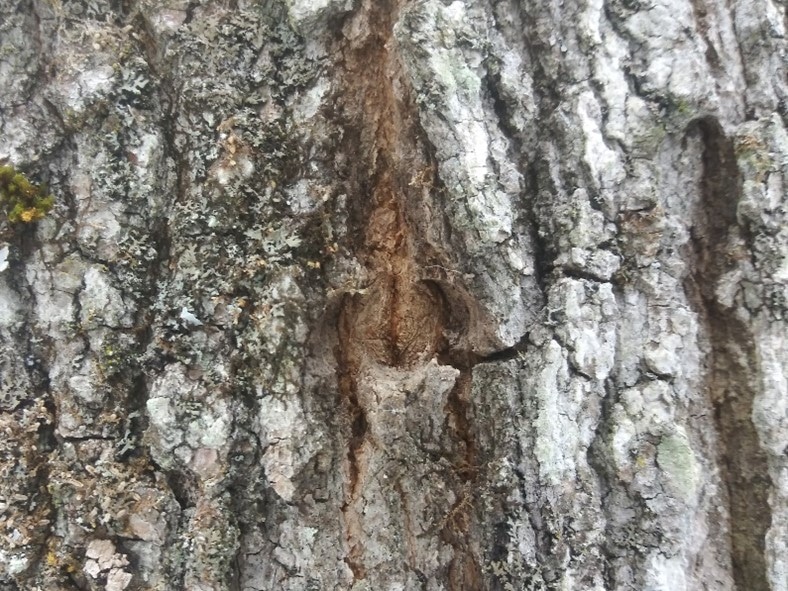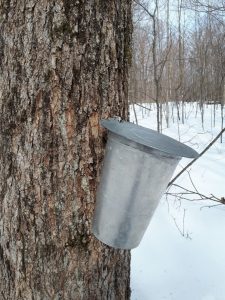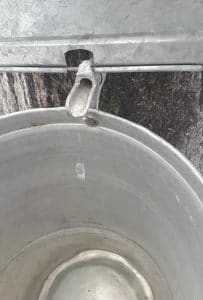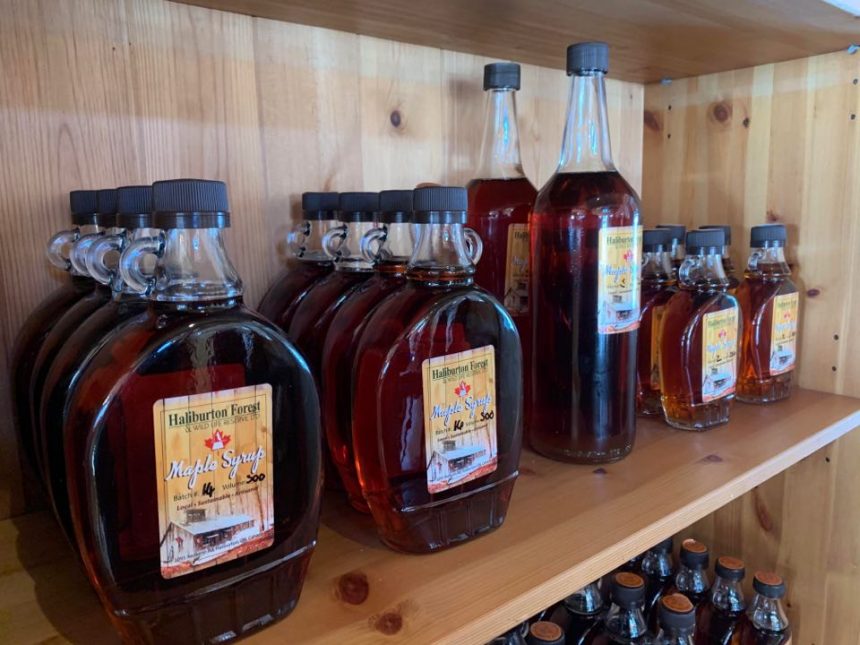Maple syrup season could be just a few weeks away! Once daytime temperatures start to creep above 0’C, the sap in maple trees starts flowing. In Haliburton Forest, the maple syrup season lasts for 2-10 weeks, anywhere between the end of February through to the beginning of May. We tap the trees a few days before the sap starts to flow, and if done correctly, the tap holes heal over completely (see picture below) and the process is sustainable year after year. If you have some sugar maple trees and want to make your own maple syrup this year, its time to start getting ready! Below is a list of the equipment you will need to tap a few trees and make a few liters of syrup – all of these items are generally available in local hardware stores starting in February. Look out for another post in a few weeks where we explain the tapping and boiling process!
- Taps: It is convenient to buy taps that have a hook on them to hang a collection bucket. One tap is usually used per tree, but trees greater than 20 inches in diameter can handle two. Over the course of the season each tap can produce enough sap to make 0.5 – 1 L of maple syrup.
- Collection buckets: You need one bucket per tap, and any 10 L (or larger) food-safe buckets will work. Buckets designed to hang from the taps are convenient, but you can also place a bucket on the ground and connect it to the tap with some flexible pipe.
- Drill: The tap you purchase will have a diameter size written on it (usually 7/16 or 5/16 inches). Make sure you match the drill-bit to the tap size.
- Hammer: Used to hammer in the taps.
- Boiling pot: Plan your pot-size based on the amount of sap you expect to gather in a day: each tap can produce up to 10 L of sap per day. Smaller pots will need to be topped off more frequently during boiling.
- Boiling method: This is best done outside over a fire or turkey-fryer, but smaller batches can be done on your home stovetop (with good ventilation).
- Bottles: To store the final product. Mason jars also work well and are much cheaper.
- Thermometer: Used to determine when the syrup is finished, ideally 0.1’C precision.
- Filters: Coffee filters work for home-use.
Written by: Adam Gorgolewski, Research Coordinator





